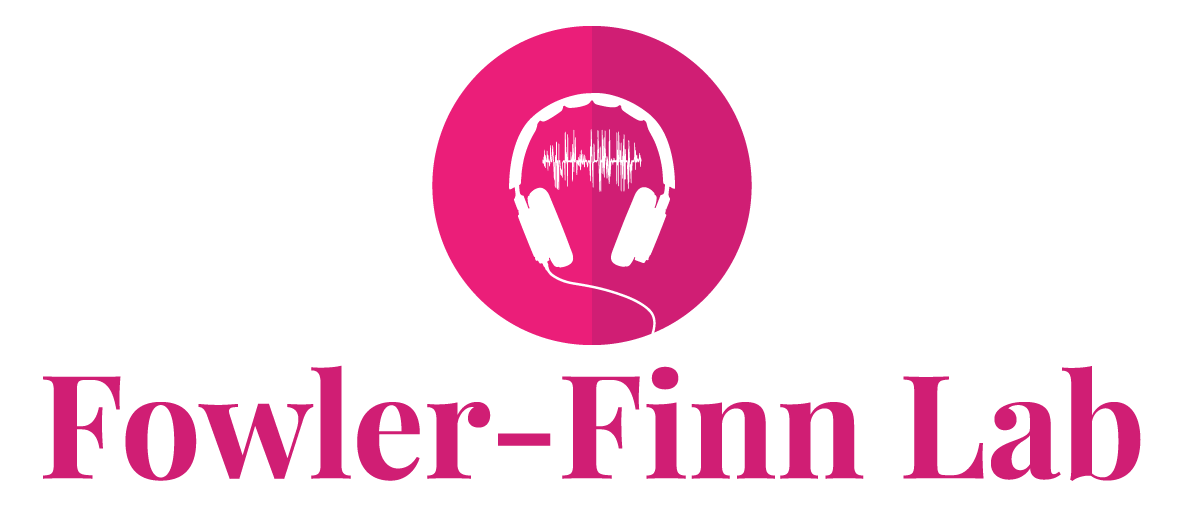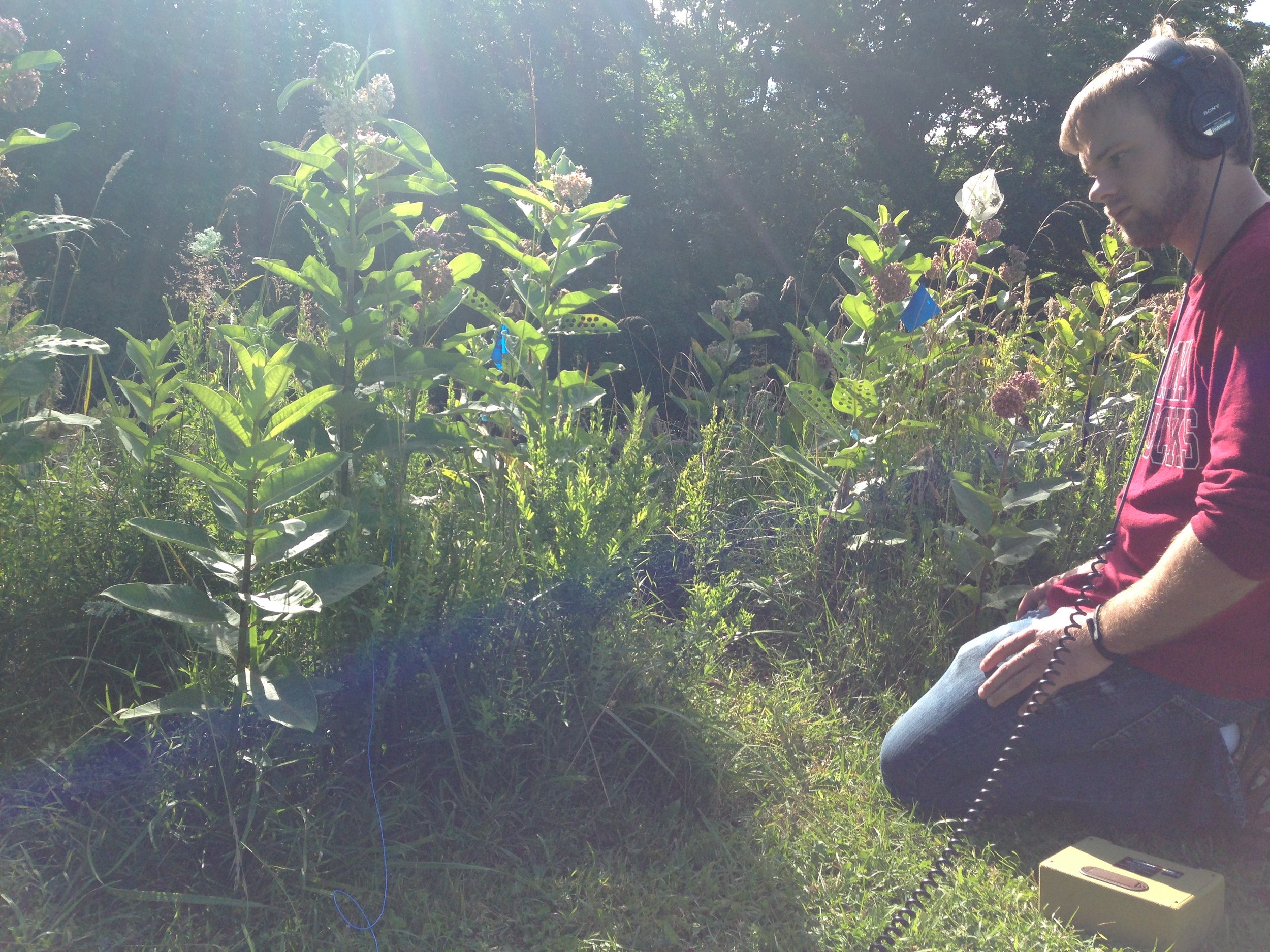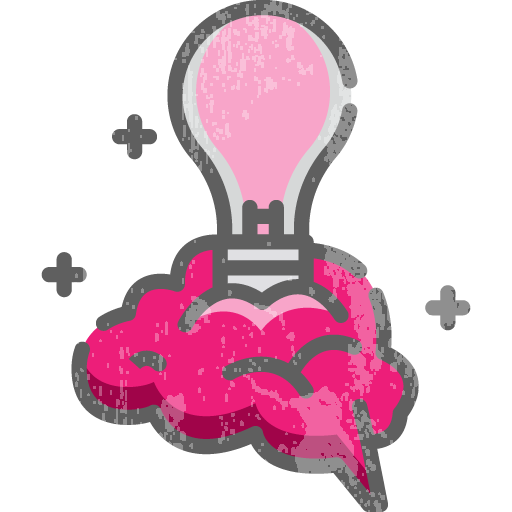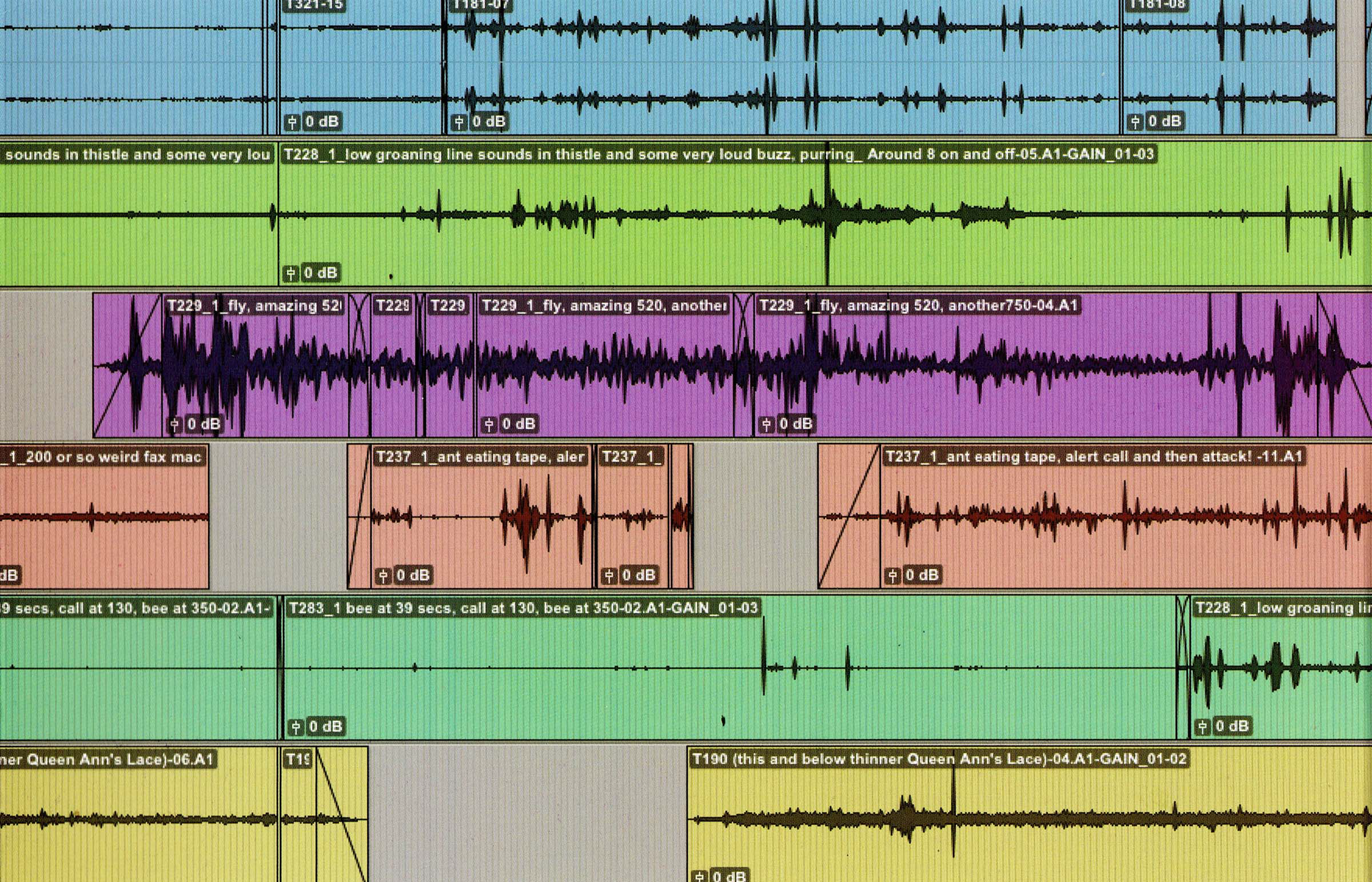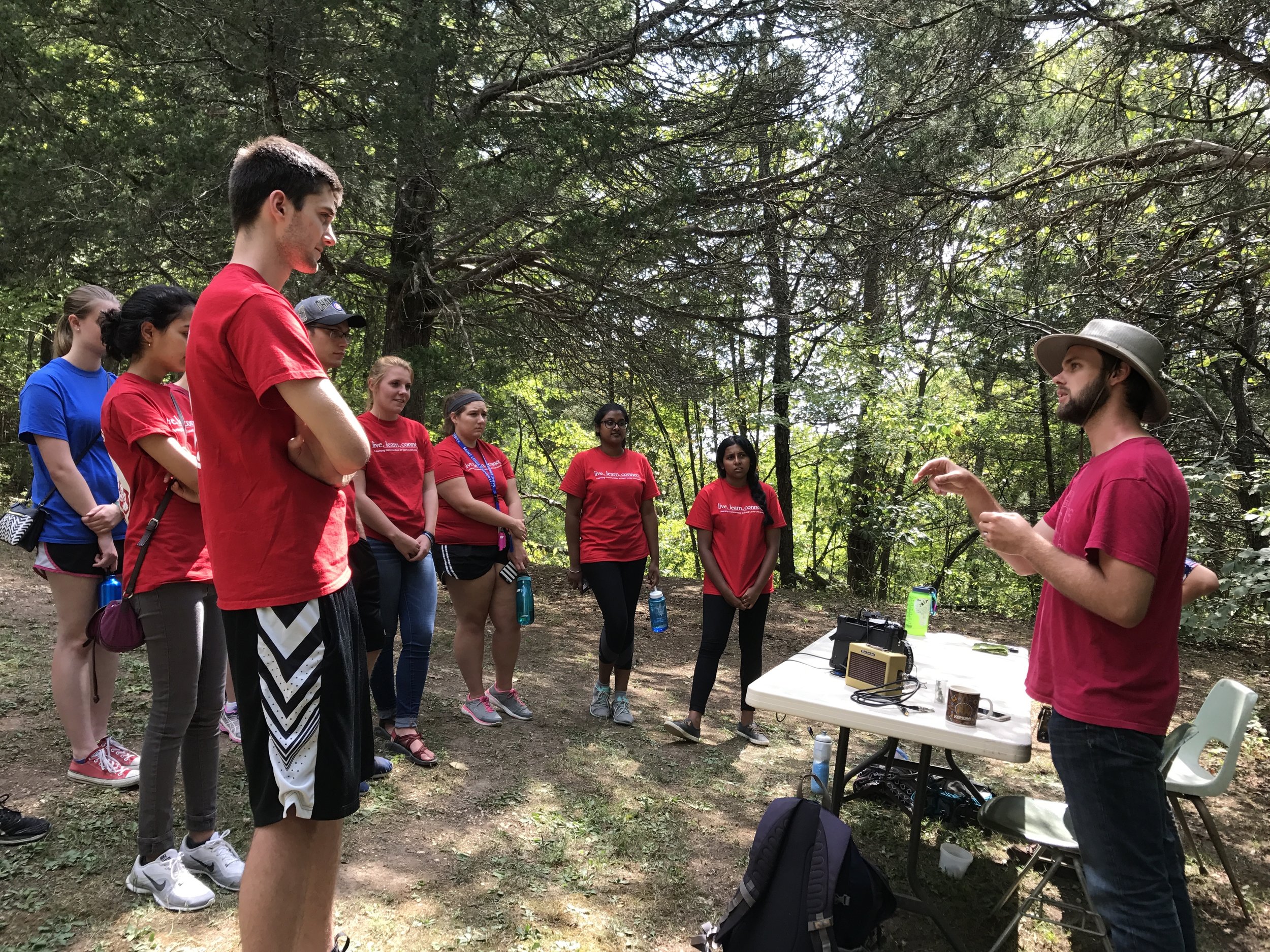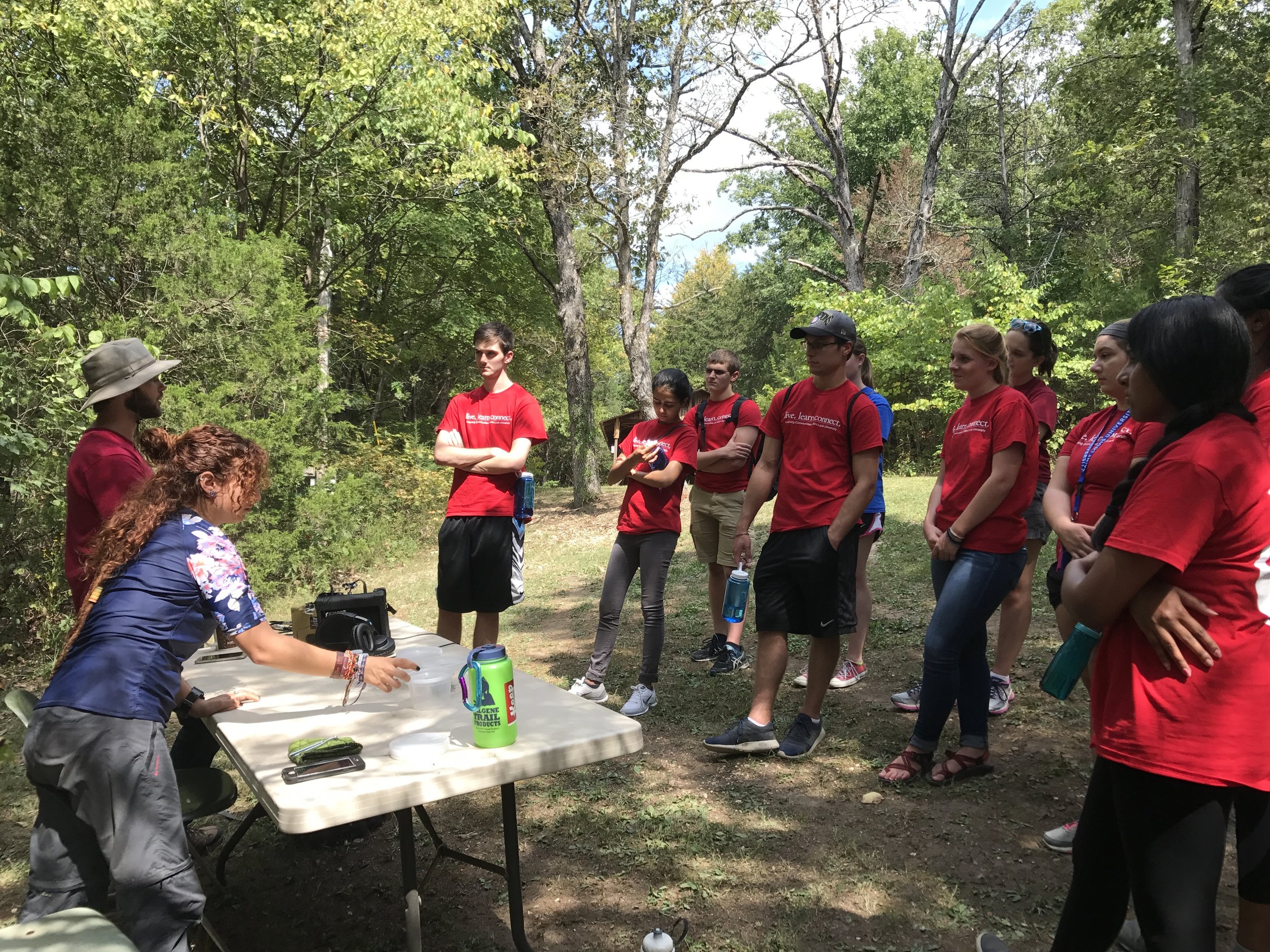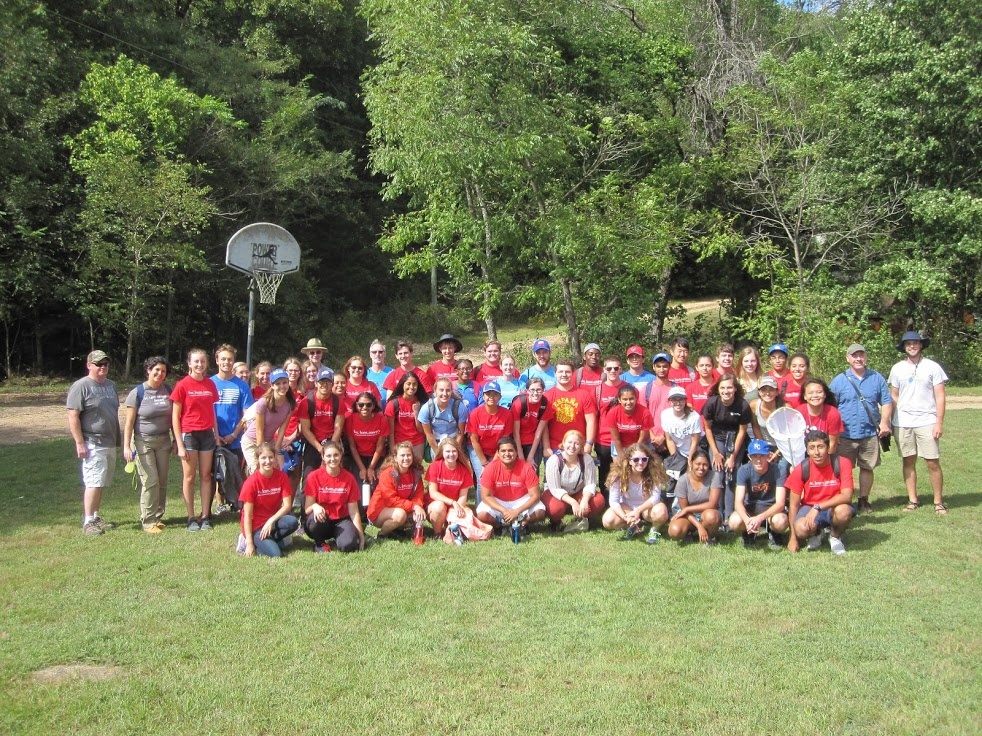Our lab has a long-standing tradition of excellence in outreach, education, and inclusivity.
We encourage, support, and mentor students that are often underrepresented and underserved in STEM. We also collaborate with artists and designers to develop impactful outreach activities that engage the public and apply best practices in science communication. Learn more about our projects below.
Goals for our outreach
Our outreach activities are loosely organized around three main goals: 1) promoting diversity and inclusivity, 2) incorporating art into science, and 3) spreading science literacy. We make progress towards these goals through a diversity of outreach projects, including public talks, art installations, zoo exhibits, BioBlitzes, and lab activities related to women and minorities in STEM.
Promoting diversity & inclusivity
Scientific excellence is achieved not only by synthesizing across diverse questions, organisms, and approaches, but also by collaborating with people of diverse backgrounds. Our lab is dedicated to creating a culture of inclusion through our outreach activities as well as structured lab discussions on diversity in STEM.
Art is a fantastic way to engage people of all ages and backgrounds in science. We have developed a long-standing collaboration with sound artist Stephen Vitiello, with whom we have worked on a number of projects centered around bringing vibrational communication and love of insects to the public.
We are a passionate about sharing the findings of our work, as well as our love for science and discovery, with a broad audience. We have developed and collaborated on a variety of educational tools, ranging from large-scale, interactive exhibits, to group excursions and public presentations in classrooms and libraries.
